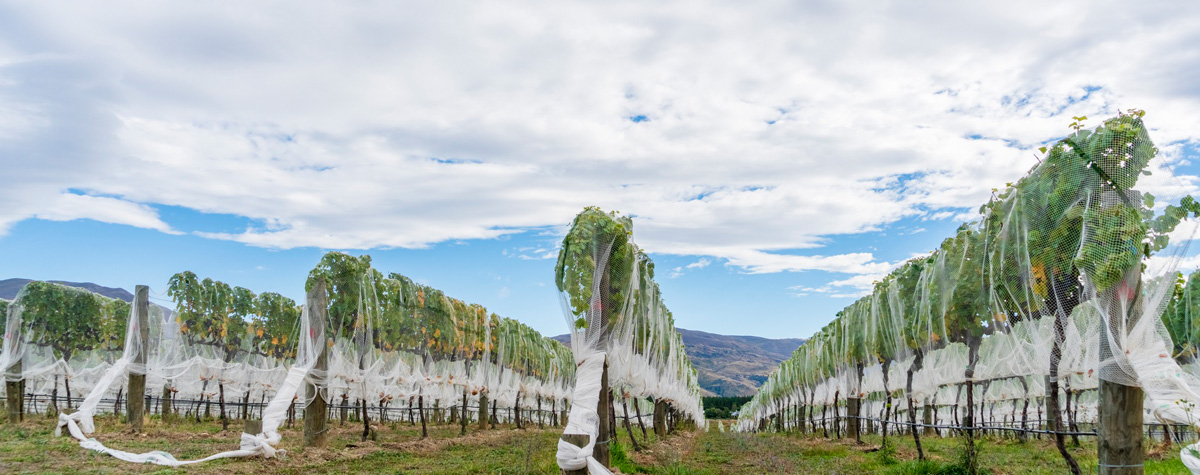In the past, wine was considered a safe product, with fundamentally good reason, due to its chemical characteristics – low pH, high acidity, alcohol content and the ‘standard’ processing steps involved in wine production, such as fermentation, racking and filtering. However, recently, there has been an increasing focus on a safety risk that can find its way through the entire process – Ochratoxins.
The incidence of the toxin in vineyards is quite extensive, but levels drastically decrease during winemaking and ageing. However, some studies have now found above legal levels in an increasing number of finished bottles: 13% of samples in one study in Italy, 9% in Greece, 4% in Argentina and 3% in China exceeded the 2 µg/L limit set by the European Union and many other countries.
'After cereals, wine and grape juice are the most important sources of OTA in the human diet'After cereals, wine and grape juice are the most important sources of OTA in the human diet. The contribution from wine is estimated to be 21% of the overall exposure (8.9 ng/kg bw per week).
OTA – classified as a possible human carcinogen by the International Agency for Research on Cancer – is produced by certain fungi belonging to the genera Aspergillis and Penicillium. It’s found on grape skins but becomes established in damaged berries.
Proper fungicidal and insecticidal treatments can reduce OTA contamination in the field.
Here is a selection of recent research papers on the subject:
Beverages:2018:4-1-6:Gil Serna J 2018:Wine Contamination with Ochratoxins - A Review
An excellent summary of our current knowledge of Ochratoxin A, its development in the vineyard via Aspergillus species, its fate in wine production, regulations relevant to wine and juice, control and detoxification methods and analytical methods.
Key findings include:
- Even if environmental conditions favour fungal growth, the application of appropriate vineyard management can significantly reduce the final concentration of OTA in grapes. The measures to reduce the incidence of Aspergillus spp in mature berries include the minimisation of damage to grapes during harvest and the removal of damaged or discoloured berries, selection of grape varieties resistant to rain damage, or the application of control methods to reduce pests and other fungal diseases.
- Minimising Aspergillus spp propagules in soil by careful management of cultivation, irrigation and pruning are also crucial tools to reduce OTA contamination of grapes.
- Statistical analysis by Chiodini et al and Labrinea et al reveal that OTA levels in organic and conventionally produced wines are similar.
- Sweet and red wines tend to be more contaminated than dry white wines.
- The complete winemaking procedure is known to reduce OTA content in wine by up to 80%.
- It is estimated that maceration causes an increase in OTA content by about 20%.
- Flash pasteurisation of must or the addition of sulphites at the beginning of the process prevent fungal growth and OTA production.
- Fermentation processes, both alcoholic and malolactic, significantly reduce OTA levels from must to wine.
- The percentage of OTA removal in wine varies widely (from 46% to 70%) depending on the yeast strain used, and yeast selection during alcoholic fermentation offers an interesting option to maximise OTA removal from wines.
- In the production of red wine, intensive pressing of the pomaces drastically increases OTA concentration in the wine, up to four times higher than conventionally produced ones.
- Lasram et al demonstrates that OTA decreases by about 50% after five months of storage. The authors attribute this to the precipitation of solid compounds.
- Clarification is widely known to contribute to OTA decreases due to adsorption to lees. The following fining agents are all considered to be highly efficient in removing OTA: activated carbon, bentonite, gelatin, egg albumin, potassium caseinate, chitin and chitosan. However, the use of pectolytic enzymes does not seem to affect OTA removal.
- Gambuti et al report an 80% decrease of OTA after microfiltration through 0.45 µm membranes, probably due to toxin binding by the retained wine macromolecules above the filter.
- Bottle ageing for at least 12 months also seems to have an effect on the decrease of OTA content.
- Yeast are a potential tool in the vineyard, as they are great at rapidly colonising wounds in grapes.
- OTA presence could be reduced up to 98% by the rejection of mouldy grapes or bunches before entering the winemaking process.
- Solfrizzo et al have proposed a novel but fairly effective decontamination procedure: repassage of contaminated wines over non-contaminated grape pomaces from the same variety.
Control and detoxification methods
To prevent OTA presence in wine and grape juice, it is suggested that the wine industry adopts the Hazard Analysis and Critical Control Points (HACCP) system that’s used widely in the food industry.Potential hazards are identified and controlled at specific points – ‘critical control points’ – in the process.
The basic steps are as follows:
1. Review processes with the potential to influence food safety and identify hazards
2. Review the hazards identified to determine the level of risk
3. Identify which process steps control the risk
4. Based on the risk and the nature of the controlling step/s determine if the control step is a critical control point, ie. a failure at this step will lead to a food safety issue above a predetermined risk level
5. Set critical limits for the critical control point
6. Implement controls and monitor, verify and validate processes
7. Document everything!
The most common mistakes made in implementing HACCP:
• The step where the risk arises is called a control point, not the step that actually controls the risk
• Risk assessments are more often than not a guess and little effort goes into validating the risk assessment itself. Validation is the key to the successful implementation of HACCP!
• Administrative control measures are mistaken for critical control points, a ‘CCP’ must be measurable!
Two other relevant studies
Journal of Food Protection:2013:12 p2031-2036:Cozzi G 2013:Increase of Fumonisin B2 and Ochratoxin A Production by Black Aspergillus Species and Oxidative Stress in Grape Berries Damaged by Powdery MildewA paper highlighting the need for an integrated approach to vineyard management of Aspergillus to prevent Ochratoxin development.
AJEV:2018:Online September 2018:Schmidtke L M 2018:Discrimination of Aspergillus spp., Botrytis cinerea, and Penicillium expansum in Grape Berries by ATR-FT-IR Spectroscopy
A paper on the measurement of Aspergillus contamination when grapes are received at the winery.
James Wright is an international viticulture and management consultant and author of www.vitisynth.com and the newsletter VitiSynthesis.













.png)






